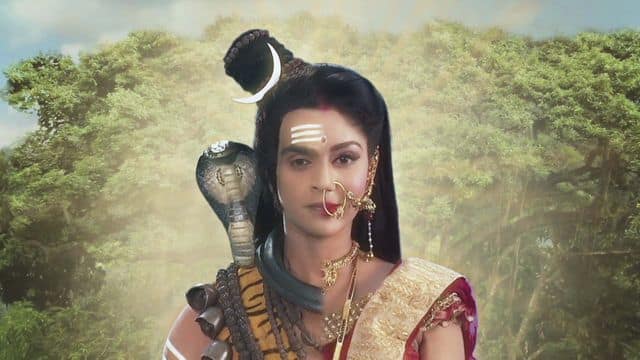

It is therefore probable that Bhuyau is the dialect of the Mundâ Bhuiyas of the district, and the Bhuyau figures have, accordingly, been shown under Mundârí. No specimens of any form of speech bearing this name have been forwarded, and no such dialect occurs in the Sambalpur tables of the last Census. During the preliminary operations of this Survey, a Kol dialect called Bhuyau was reported to exist in Sambalpur.

He states that the principal peculiarity of the dialect is that an r is substituted for the final t' or d of verbal tenses thus, jam-der-â-m instead of jam-ked-â-m, thou atest.

Father de Smet is, so far as I am aware, the only authority who mentions that form of Mundârí. It is, however, probable that it is identical with the dialect spoken by the so-called 'Kera-Uraons' to the east of Ranchi. We have no information about its character. Their dialect is known under the denomination of Horo liâ jhagar. The Kurukhs in the neighbourhood of the town of Ranchi have adopted Mundârí as their common tongue. They have originally come from Chota Nagpur and must formerly have spoken the same dialect as their cousins in Ranchi.Īt the present day, however, they have almost entirely forgotten their old speech, and they now use a form of Oriyâ, intermixed with Mundârí words. In the State of Sonpur the Mundâs are found scattered in villages bordering on the jungles. The same is the case in the State of Patna. In all essential points, however, it agrees with the Mundârí of Ranchi and Palamau. In Hazaribagh and in Sambalpur and Bamra the dialect has come under the influence of the neighbouring Aryan forms of speech. The Mundârí of Palamau is almost identical.

The most idiomatic Mundârí is spoken in Mankipatti, a tract of land to the south-east of the town of Ranchi, comprising Tamar and a part of Singbhum. The difference is mainly to be found in the vocabulary borrowed from Aryan neighbours, and in the grammatical modifications occasioned by the neighbouring Aryan forms of speech. With regard to sub-dialects Mundârí can be compared with Santâlí. The Mundâs of Ranchi assert that they have come from the north-east. Emigrants have further brought the dialect to Jalpaiguri, Dinajpur, Bajshahi, the 24-Parganas, and other districts of the Bengal Presidency, and to the tea-gardens of Assam. Speakers are further found scattered over the Chota Nagpur Tributary States, especially in Bonai and Sarguja, and further to the south-west, in Bamra and Sambalpur and the neighbouring districts of the Central Provinces. Towards the south we find Mundârí spoken side by side with Hó in the north of Singbhum. There are, moreover, speakers in Palamau and the south-east of Hazaribagh. The principal home of the Mundâs is the southern and western portion of Ranchi District. It means headman of a village, and is a titular or functional designation used by the members of the tribe, as well as by outsiders, as a distinctive name much in the same way as the Santals call themselves Mâñjhí, the Bhumij Sardâr, and the Khambu of the Darjiling hills Jimdâr." Risley, "the name Mundâ is of Sanskrit origin. Mundârí literally means the language of the Mundâs. M undârí.:-Mundârí is the dialect spoken by the tribe who call themselves hârâ-kó or 'men.' The number of speakers is about half a million.


 0 kommentar(er)
0 kommentar(er)
